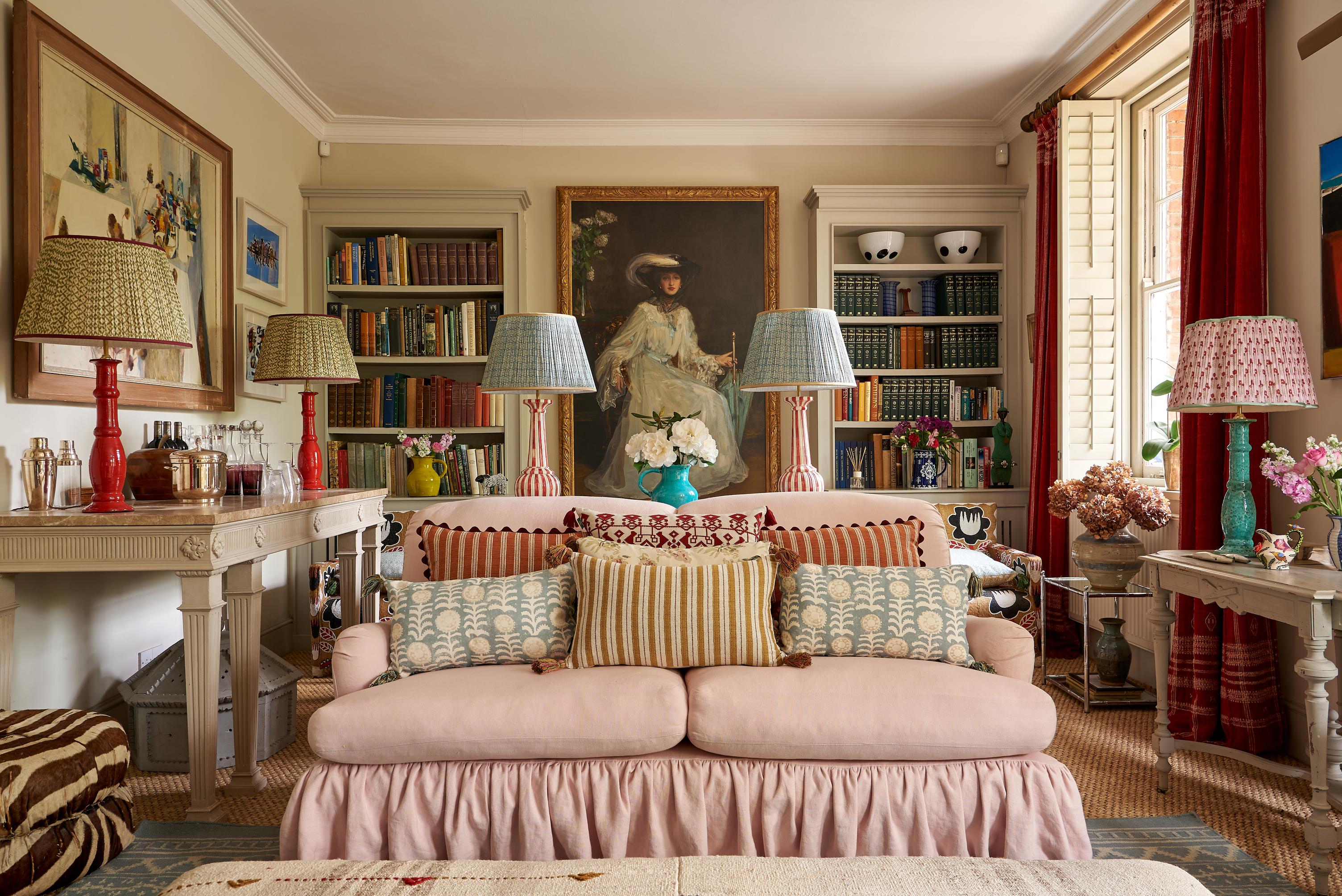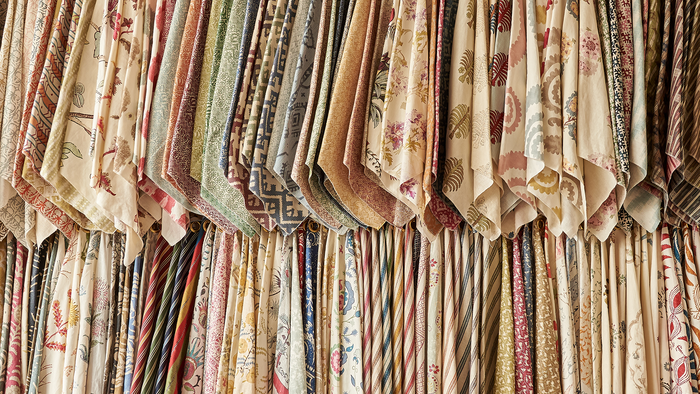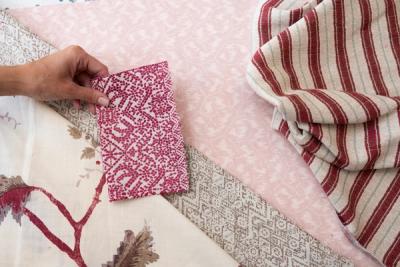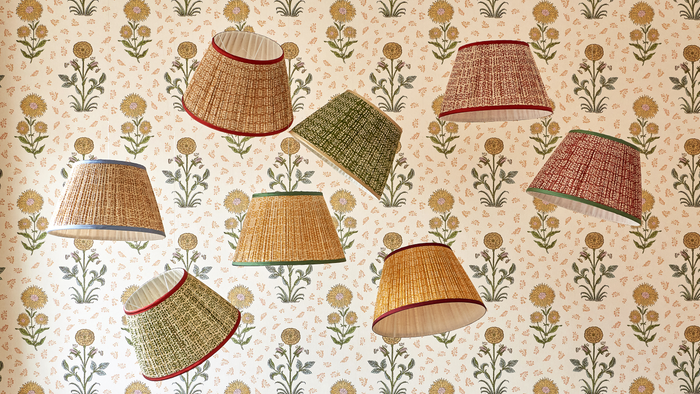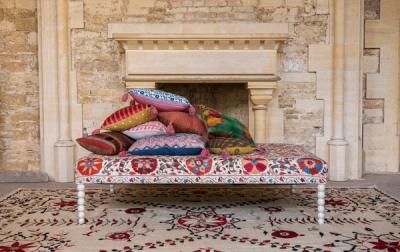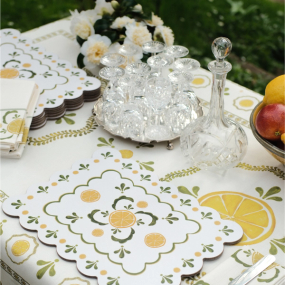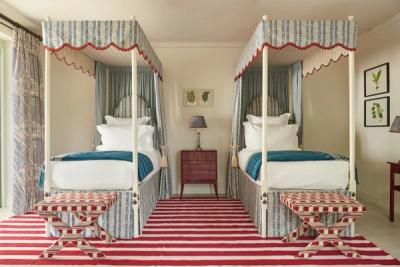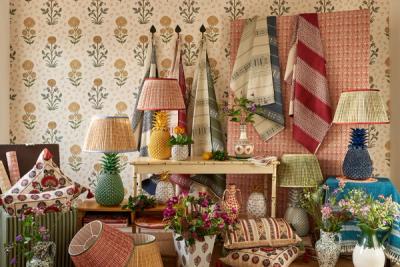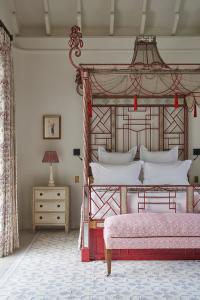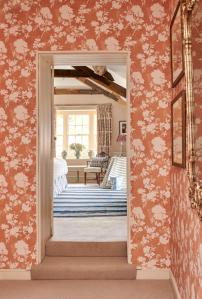Decoration
The Trial of the Terraced Hallway, and How to Get it Right
The Victorian terrace is a mainstay of British architecture. Click here to find out about the trials and possibilities bound-up in the terraced hallway.

The Trial of the Terraced Hallway, and How to Get it Right
For any interior designer, the hallway is arguably one of the biggest trials. True, some homes are all about the entrance – a sweeping staircase or panoramic window that draws new visitors straight into the heart of the home – but many of Britain’s most traditional architectural styles make use of more utilitarian (and less convenient, from an artistic standpoint) hallways.
The classic Victorian mid-terrace has been a mainstay of Britain for many generations. Interestingly, the terraced house was once rarefied – a privilege for the upper class seen only in the most advanced of cities like London and Bath – but became increasingly commonplace (and attainable) as the convenience of tightly packed terraces won over the rest of the country. These days, around a quarter of the population lives in a terraced home.
And are they all struggling with their hallways? Not all – but certainly a fair share of them.
The difficulties (and beauty) of the terraced hallway
These spaces are tightly packed, although they do tend to enjoy high ceilings – the lack of space presses in from the sides. Often, the staircase of the terraced Victorian is located in the hallway, which shaves the walkable space down further just two or three steps from the front door.
This is tricky from a design perspective. But there are plenty of saving graces. There is the simple beauty of original fanlight windows or stained-glass transoms, which offer the perfect amount of gentle daylight to reach in and cast a glow from the hallway’s start to end, for instance. Then there is the beauty of original mosaic tiles that allow for the perfect transition from outdoors to indoors. The high ceilings allow for a statement light fixture, while the staircase adds an additional focal point that can carry stronger colours or a floral print that compensates for the lack of a console table for fresh flowers.
Complementing the space
There’s no getting around the terraced hallway, just as there’s no getting around the low ceilings or off-square corners of a British cottage or the ornate ceilings of a Regency townhouse (and their lack of harmony with more sparse, minimalistic interiors). The best thing anyone can do is embrace the challenges and find new ways to create a sense of space – and convenience.
A radiator shelf can provide the space we need for the essentials without biting a very necessary chunk out of the available space for coats, shopping bags, and group entrances. A slimmer, taller piece of decorative lighting will give a warm glow, removing that cold snap out of the space (thanks to the cool tiles and original wooden doors) in the evening when the main light is no longer wanted and a cosy welcome to those inbound.
The right wallpaper – a larger print that utilises negative space – can give a sense of spaciousness, even if that’s not the reality beneath your feet. As mentioned earlier, a floral is a great choice – particularly if you want to stay relatively true to the home’s Victorian roots. Alternatively, an abstract print that contrasts with the geometric floor tiles can be excellent for modernising a space that tends to feel a little more tied to its past.
A curtain from the front door acts as an excellent defence against drafts – necessary in older homes. It’s also a good opportunity to introduce a contrasting print. Too much matching and coordination between elements can make a room feel limited and, you guessed it, smaller as a result.
The trick is to find opportunities for small doses of creativity. While you don’t want to overload a small space with too many ideas, making use of all those minor opportunities – the skirting boards or dado rail, creative storage, gallery walls that take up no significant air space, runners, and panelling – all bring a great deal without much encroachment.
A mirror by the door is as practical and it is effective at boosting light within an otherwise dim space. If you haven’t got the room for a console table, then a wall-mounted mirror can look a little lost on the wall with nothing to ground it. Instead, opt for a larger, standing mirror – a statement piece that settles into the space in the same way that a piece of furniture would.
Consider placing certain hardwearing items – the umbrella stand, for instance, or the boot rack – outside the front door, provided they have enough shelter.
The terraced hallway is a challenge, but there are plenty of examples to demonstrate the space’s ability to embrace change and newness and breathe a little easier – even if it’s receiving a boatload of guests all at once.
More from Decoration
